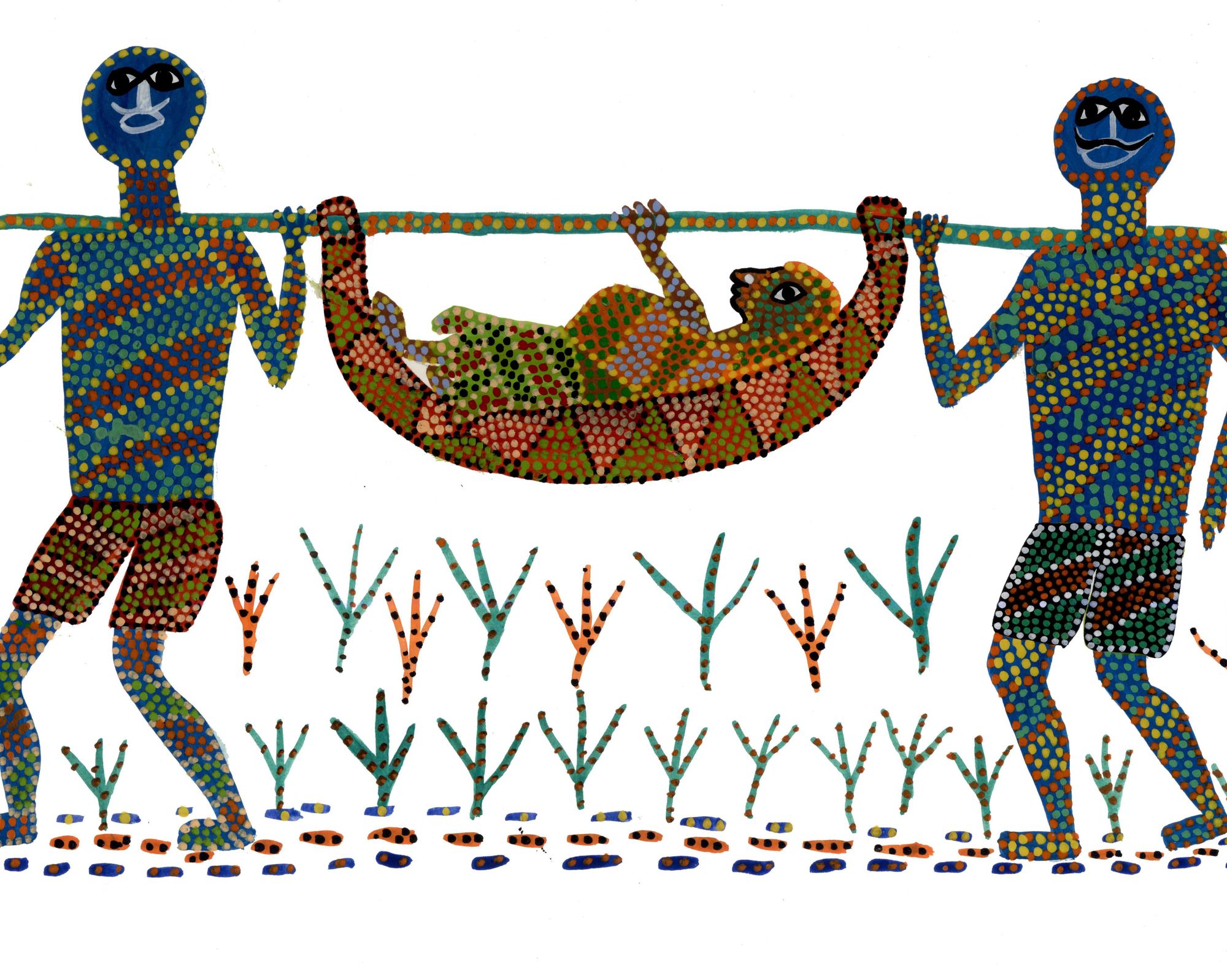Bhil Art: A Tribal Legacy

Bhil art is a unique and beautiful form of painting created by the Bhil tribal community in India. These paintings are known for their bright colors, detailed dot patterns, and storytelling elements. For the Bhil people, painting is not just an art form—it is a way of expressing their culture, traditions, and connection to nature.
In this article, we will explore the history, themes, techniques, and modern-day importance of Bhil art.
Who Are the Bhils?
The Bhils are one of the largest tribal groups in India, mainly living in Madhya Pradesh, Rajasthan, Gujarat, and Maharashtra. They have a rich cultural history that includes music, dance, storytelling, and painting. Bhil paintings have been a part of their traditions for centuries, often decorating the walls of their homes and temples.
Bhil people believe in nature, spirits, and gods, and their paintings reflect these beliefs. In the past, they used natural colors made from leaves, flowers, and soil. Today, many artists use modern paints, but the traditional style remains the same.
What Do Bhil Paintings Show?
Bhil paintings tell stories through symbols and patterns. Some of the common themes in their artwork include:
1. Nature and Animals
Bhil art is deeply connected to nature. Trees, birds, and animals like deer, peacocks, and tigers often appear in their paintings. These elements show the Bhil people's respect for the environment and their way of life, which is closely linked to forests and wildlife.
2. Myths and Folktales
Bhil paintings often illustrate stories from folklore, including gods, legendary heroes, and magical creatures. One popular figure in Bhil art is Pithora Dev, a horse-god worshiped by the Bhils. These stories are passed down through generations and are an important part of their culture.
3. Festivals and Celebrations
Bhil paintings are often created during special occasions like weddings, harvest festivals, and religious ceremonies. People believe these paintings bring good luck and protect them from evil spirits.
4. Daily Life
Many Bhil paintings show everyday activities such as farming, fishing, dancing, and gathering in villages. These artworks give us a glimpse into the simple yet vibrant life of the Bhil community.
What Makes Bhil Art Special?
The most striking feature of Bhil paintings is the use of dots. Instead of drawing straight lines, Bhil artists create images using thousands of small, colorful dots arranged in beautiful patterns. This technique gives their paintings a unique texture and movement.
The artists carefully place each dot, making sure they follow a rhythm. The colors they use also have meanings—red represents energy, yellow stands for happiness, green symbolizes nature, and blue represents the sky and water.
How Bhil Art Has Changed Over Time
Originally, Bhil paintings were made on the walls of homes using natural colors. But as time passed, artists started painting on paper, cloth, and canvas, allowing them to sell their work to a wider audience.
Several Bhil artists, such as Bhuri Bai and Lado Bai, have gained recognition for their work, and their paintings have been displayed in exhibitions across India and other countries. This has helped bring Bhil art to the global stage.
Bhil Art in the Modern World
Today, Bhil art is used in many creative ways. It can be found on clothing, home decorations, and even digital designs. People from around the world admire its beauty and uniqueness.
Many organizations are working to promote Bhil art by hosting workshops and exhibitions. This helps artists earn a livelihood while keeping their traditions alive.
Challenges and the Future of Bhil Art
Despite its growing popularity, Bhil art faces some challenges. Many artists do not get fair payment for their work, and younger generations are moving away from traditional painting to pursue other careers. If this continues, the art form could slowly disappear.
To keep Bhil art alive, it is important to support Bhil artists by buying their artwork and learning about their culture. Schools and art programs are also helping by teaching Bhil painting techniques to new generations.
Bhil art is a beautiful and meaningful tradition that reflects the culture and heritage of the Bhil community. Its vibrant colors, detailed dot patterns, and storytelling elements make it a unique and valuable part of India’s artistic history.
By appreciating and supporting Bhil art, we help preserve this incredible tradition for future generations.